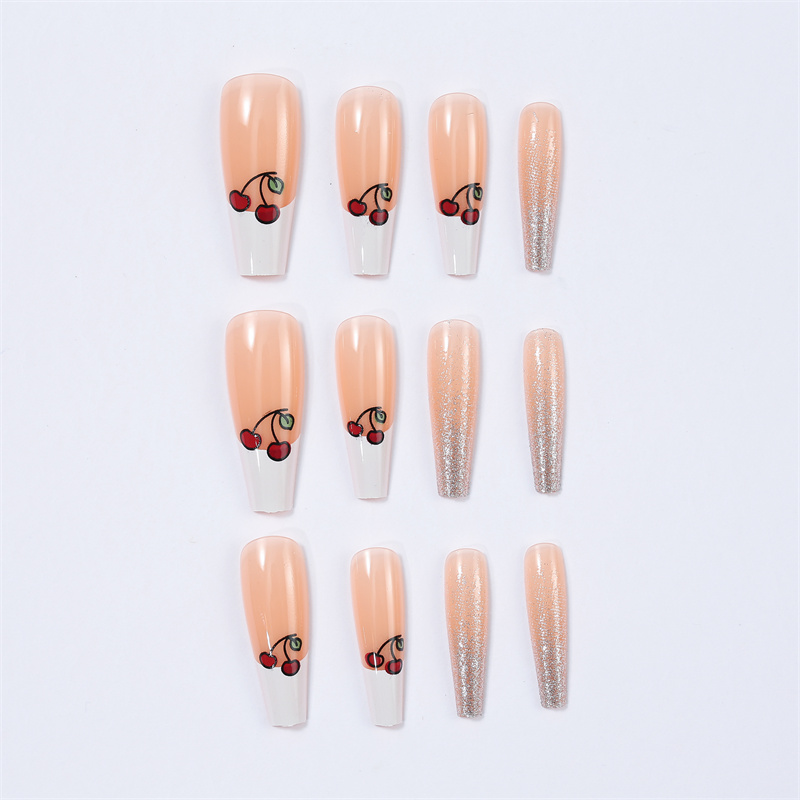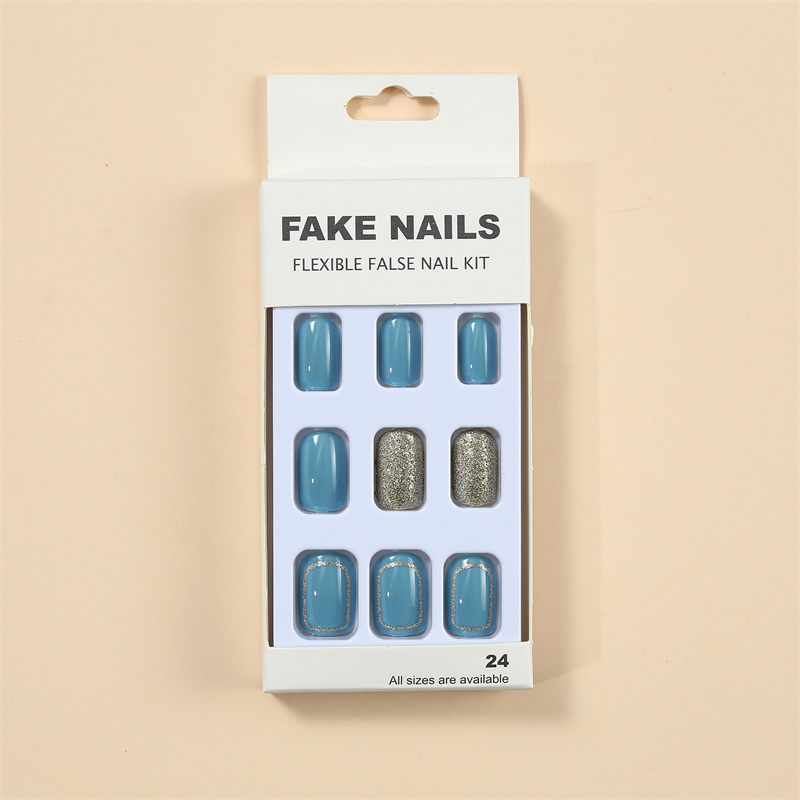Looking for sweet cookie recipes ,
the latest fashion trends and inspo , Beauty Blender Packaging

or a way to up your calligraphy game?
We'll help you find something amazing ✨
Subscribe to our newsletter.Plus, get access to the latest and greatest content from Brit + Co.
It’s not just the products you use that make for a flawless face — the tools of the trade are just as (if not more) important in creating the look you really want. Sure, we know we should keep our arsenal of brushes and sponges clean to keep breakouts at bay. But knowing when it’s time to toss your old standbys for a fresh set can be the difference between a perfected visage and a hot makeup mess.
To suss out whether your brushes and sponges are ready for the trashcan or just in need of a serious scrub, we turned to the people who use them on the daily, as well as a few skincare experts. Plus, we scored tips to keep your instruments immaculate, so you won’t have to splurge on a new set every season.
We’ve been told time and time again that we should sanitize our brushes after every use, but we’ll admit that we don’t always have the time (or motivation) to do so. While celebrity makeup artist Joy Fennell admits that it can depend on how often you use your brushes, cleansing them should be part of your routine to get ready for the week, not when your brushes are encrusted with caked-on cream and liquid products. “In my opinion, you should wash your brushes at least once a week, especially concealer and foundation brushes,” she says, pointing to quick-drying formulas like Cinema Secrets Makeup Brush Cleaner ($24) and Make Up For Ever Instant Brush Cleanser ($23) to keep everything clean and germ free. “Those brushes tend to have thicker/tighter hairs and are harder to get into.” (Photo via 10’000 Hours/ Getty)
When it comes to your fluffy wands used for powder, there’s a bit more leeway. “You can stretch it for [a couple] weeks, and that also goes for your eyeshadow brushes,” New York-based makeup artist Merli Estime says. “Spot-clean them every couple of days, but a deep clean [is needed] every two weeks.”
Otherwise your #MOTD and skin could pay the price. “When you use your sponges and brushes [when they] are dirty, your application is not going to be the same as if it were fresh,” Estime says. “You’ll find that your foundation application is streaky because your foundation brush has so much buildup of product.” Although you can’t brush a breakout from one area of your face to another with dirty tools, you could cause harm if you’ve already popped a pimple or have a scratch. “Staph infections can occur and can be spread since the staph organism can live in the presence of oxygen,” Clarisonic co-founder and skin care expert Robb Akridge says. “Typically, these infections occur where there is a small cut or open lesion.”
One way to get rid of the skin-damaging dirt and buildup on brushes is to use a cleansing oil, like DHCDeep Cleansing Oil ($28) or Neutrogena Ultra Light Face Cleansing Oil & Makeup Remover ($8), before soaping up with a gentle formula like Dr. Bronner’s Pure-Castile Liquid Soap ($7). As they do when they’re used to cleanse the face, the oils cut through the crusty bits of leftover makeup and soften bristles. “If you still have natural hair brushes, they also need conditioning too. Often, soaps tend to strip the hair and don’t add any conditioning to it, so then that’s how the brushes start becoming hard on your face,” Estime says.
Sponges, on the other hand, can vary based on the type you’re using. While Fennell tends to rely on classic makeup sponges that she can easily toss after working on her clients, she gives her own Beautyblenders ($20) a bath at least twice a week if not daily. “I don’t wash sponges, because washing them can just keep the bacteria in them,” she explains. “I usually buy a big pack so I can just throw them away after a job. Beautyblenders are a different story. You can wash yours at least one to two times a week and make sure it dries completely.”
While we only use an eyelash curler for a few seconds, it still comes in direct contact with the eye. And if you leave it dirty for too long, the device can become harder to open and close. “You should change out your rubber grips because they can hold a lot of bacteria in them as well,” Fennell says. While a wipe down with some alcohol can help kill the germs on the surface, according to Akridge, pop the curler into a pot if it’s made of metal. “Depending on the tool, boiling water is a great option for a once-a-week deep cleanse but not something I would recommend every day,” he says. There’s also always the option to switch out the rubber grips — after all, that’s precisely why they include extras in lash curler packages.
Keeping your tools clean and conditioned will help ensure that they last longer, but like everything else in life, they won’t last forever. There are a number of indicators that your brushes are on its last legs, er, bristles. One is that they start feeling harsher on your skin whether they’re natural hair or synthetic. Another, according to Fennell, is if you get a whiff of something weird. “If your brush ever smells weird, most likely it’s time to go,” she says. This is more likely to happen to natural hair versions since they tend to harbor bacteria more than synthetic brushes. (Photo via Paco Navarro/ Getty)
The most telltale sign, though, is when your brushes don’t return to their natural shape after a scrub down or start to shed when you use them — whether it’s a wand or an electric brush head like Clarisonic Sonic Foundation Makeup Brush ($39). “It’s hard to put an actual time on when you should throw away makeup brushes, but I generally look to see if hairs start falling out on a consistent basis or if the brush no longer goes back to its original shape,” Fennell says. One way to reduce the risk of molting makeup brushes, however, is to lay them flat after washing them to prevent the water from separating the strands from the glue at the base.
While typical makeup wedges can be tossed out after one use, Beautyblenders and similar sponges will last for a few months when cleaned regularly. “They’re recommended [to last about] three months. I would say about the same, depending on how often you use it,” says Estime, pointing out that depends on how often you use them. “The sponge will tell you when it’s not good anymore — it’ll start to break apart, and you’ll have little holes. At that point, I would just toss it.”
RELATED: Find Out Which Natural Oils Are Best for Hair, Skin, and More

Makeup Hair Brush Brit + Co may at times use affiliate links to promote products sold by others, but always offers genuine editorial recommendations.